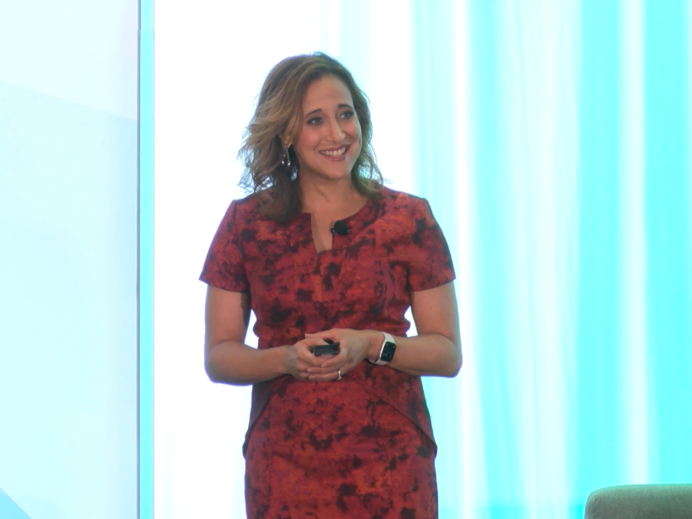
Adrenaline leads workshop at invite-only event for community banks focused on how to up-their-game in the wake of disruption and demographic shifts
In mid-October, Adrenaline’s President, Sean Keathley, led a thought-provoking series of workshops for The Bank CEO Network’s fall conference series. The membership-based network provides support for community bank CEOs through insights and information tailored to their specific challenges and demands. Given that the largest five banks in the U.S. now control nearly 45% of the of the banking industry’s total assets, community banks have real and pressing needs in order to compete with the deep-pocketed banks dominating the industry.
It’s not just big banks providing big competition – digital disruption is expected to take a bite out of community banks’ market share, as well. In fact, fintech digital disruption could result in a 30% decline in core banking revenues. So, it’s a perfect storm of change for community banks. It’s not just technology that’s having an impact. Demographics are a central part of that change, as well. As community banks begin to address modern era consumer demands for banking, they’re also facing an internal shift, as well.
Keathley says, “As we think about the state of community banking in this country, it mirrors what’s happening in towns across America. What do cities and towns across America face? Well, there’s a whole generation of people that are entering retirement. Really, because of what’s going on with digital disruption and all the things that are happening across all businesses, this is not a one-time retooling, a small project or a distinct event. For community banks, this is a journey. They’re on a path to build a sustainable, forward-thinking approach to community banking.”
What community banks know is that closing all of their branches and moving all their transactions online is not the answer. Nor is it reasonable for them to do business the way they always have – in the branch. This is really a tale of two sides. A recent Salesforce study says consumers of all ages prefer digital channels to the branch. At the same time, a recent Fiserv study found that 44% of consumers prefer to do their “standard daily transactions” at a traditional branch with tellers. So, branches have competing priorities and must find a way to bridge this divide.








